School Classics Trip To Athens
Bring the world of ancient Greece to life on a school Classics trip to Athens, home of modern democracy.
Athens is an affordable destination for school groups and the perfect place to study ancient worlds and beliefs.
Highlights
The wonderfully preserved Parthenon temple
The spectacular modern museum at the Acropolis
The huge columns of the Temple of Zeus
The magnificent theatre at Delphi
Pangbourne CollegeWe were exceptionally well looked after. During the booking process, the sales staff were very helpful, very patient, always in listening mode and ever willing to find out crucial details and get back promptly. The operational staff put together a tour that worked seamlessly.
Suggested itinerary
What's included*
*Please note, entrance fees where applicable are not included in typical price – contact us for more details
Recommended excursions
Explore the temples and sculptures of this iconic monument with your group, building up a picture of ancient Greek society and gaining an insight into the role of religion. The Parthenon is the most important surviving building of classical Greece. This beautiful temple, with its decorative sculptures, was built to honour the goddess Athena.
With its magnificent theatre, Temple of Apollo and ancient ruins, Delphi was, at one time, considered the centre of the earth and the universe, playing a key role in the classical Greek world. A visit to the ruins of the Treasury at Delphi reveals the importance of the ‘central bank’ of Ancient Greece, as well as showing architectural tastes of the time.
Opened in 2009, this spectacular modern glass and concrete building at the foot of the ancient Acropolis, houses sculptures from the golden age of Athenian democracy. Its five levels are bathed in natural light and sections of glass floor show the archaeological excavations.
Tip: It was built in part to provide a home for the return of the Parthenon Marbles from the British Museum.
Take your students to the heart of Athens, in the shadow of the Acropolis. As the city’s oldest district, the Plaka area is the spot that eventually grew into the Athens we know today. Wander through narrow streets and alleyways on a tour of this intriguing area, discovering archaeological wonders and stunning Cycladic architecture.
Tip: It’s a good place to eat and pick up souvenirs.
This monumental gateway resembles a Roman triumphal arch. It is believed that the arch was built to celebrate the arrival of the Roman Emperor Hadrian and to honour him for all that he brought the Greek civilians. The entire monument is made of Pentelic marble from Mt Pentelikon, 18km away. Behind the monument, the Acropolis can be seen from afar
Tour the impressive, modern Olympic Stadium, on the site of the original Panathenaic stadium, built around 330BC. It was built in the early 1980s and then remodeled by famous architect Santiago Calatrava for the 2004 Olympic Games. Find out about the day-to-day running of this 70,000-seat stadium, home to the major Athens football clubs and concerts.
A visit to the largest archaeological museum in Greece provides inspiration for student enquiries into ancient Greek art. The imposing neoclassical building is home to more than 11,000 exhibits. It was founded at the end of the 19th century to house and protect antiquities from all over Greece, displaying their historical, cultural and artistic value.
Enormous columns stand as the ruins of an impressive temple built between 472 and 456BC. It housed the renowned giant statue of Zeus, one of the Seven Wonders of the Ancient World, and provides a starting point for enquiries into architectural styles and classical history.
Tip: The Temple of Zeus is considered by many to be the perfect example of Doric architecture.
This peaceful, green refuge in the center of Athens gives students a relaxing break from the city. Set directly behind the Greek Parliament building, and covering 15.5 hectares, the gardens encompass some ancient ruins, tambours, Corinthian capitals of columns and mosaics. There’s also a small zoo and a botanical museum.
Tip: The gardens are open from sunrise to sunset.
Built between 1836 and 1840, the Old Royal Palace is a perfect example of neoclassical design, displaying unique architectural beauty. Today, it serves as the seat of Hellenic Parliament and houses offices, the National Assembly Room, the office of the president of the Assembly, the archives and other services. The palace faces onto the Syntagma Square.
Home to the Greek Parliament, this square is the socially most important in modern Athens. Every hour, uniformed guards change in front of the Tomb on the Unknown Soldier. The square is named after the constitution granted after the popular uprising in 1843. Between 2010 and 2012, it was the site of mass protests sparked by the government debt crisis.
This compilation of powerful scenes from well-known tragedies by Aeschylus, Sophocles and Euripides is followed by a discussion with the actors and director. The performance can be combined with a workshop to create an ancient Greek Mask (which can be taken away) or a seminar on ancient Greek costume.
Boasting ancient baths, the Temple of Hephaestus and a collection of Roman remains, a visit to ancient Corinth is a chance for students to expand their appreciation of the classical world. Visit the deep and narrow Corinth canal, which so many ancient rulers attempted – and failed – to build. Neolithic pottery suggests that the site of Corinth was occupied from at least as early as 6500 BC.
Perched on a headland, this is the site of the ruins of the ancient temple of Poseidon, mythological god of the sea. According to legend, this is the spot where Aegeus, King of Athens, jumped to his death off the cliff, believing his son had been killed in his contest with the Minotaur. It is possible to make a short stop en route to see the Thorikos Theatre, the oldest known in existence with an elliptical rather than circular shape.
Tip: Look for the name of the poet Byron deeply engraved on the ruins.
Take a day trip by ferry to Aegina, the largest island in the Saronic Gulf. Visit the Doric Temple of Aphaia, a fine example of early classical architecture which stands on a hill overlooking the bay. Legend has it that Aphaia was forced into the sea by King Minos and was captured by fishermen. She escaped near the coast of Aegina and went up the hill of Artemis and the goddess helped her to vanish – the name Aphaia means “vanished”. The Temple housed the Statue of Aphaia. The pediments depict Athena, the goddess of war, and expeditions to Troy in which the Aeginian heroes Telemon and Ajax took part. There is a small museum on site.
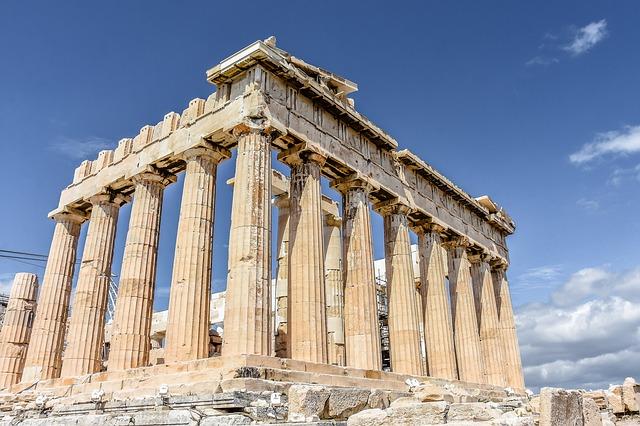
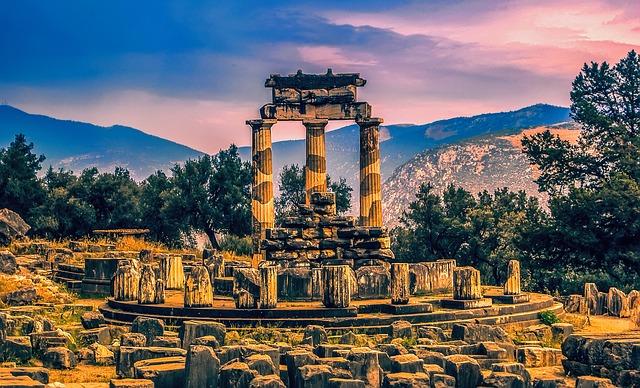
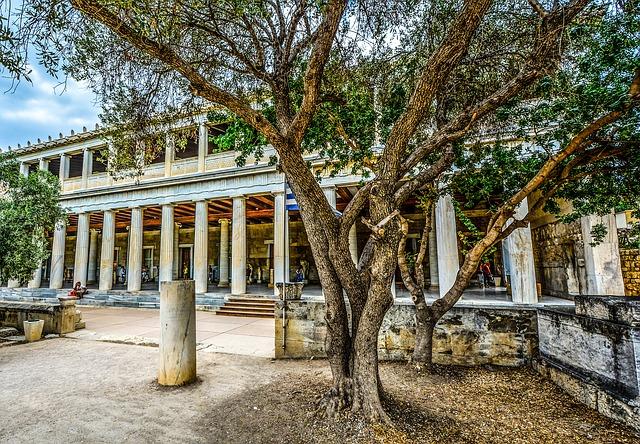
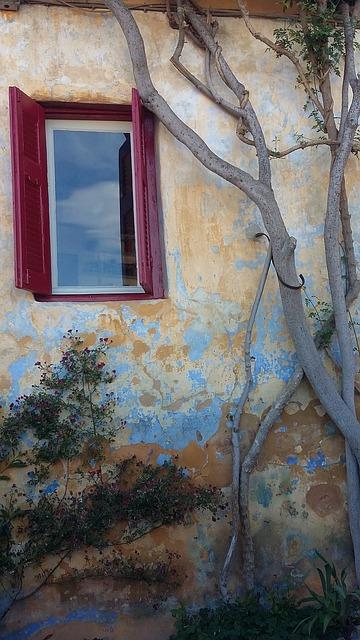
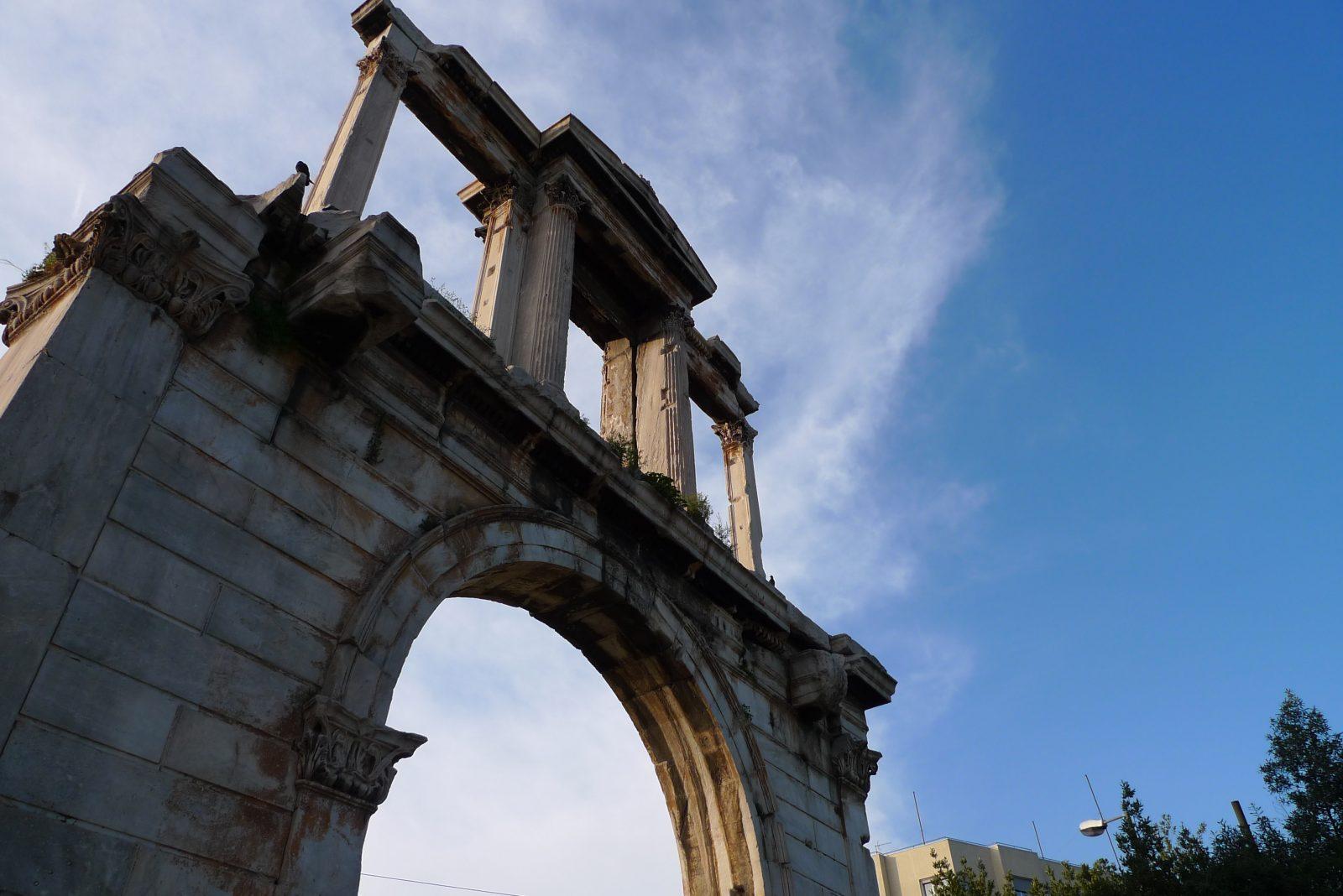
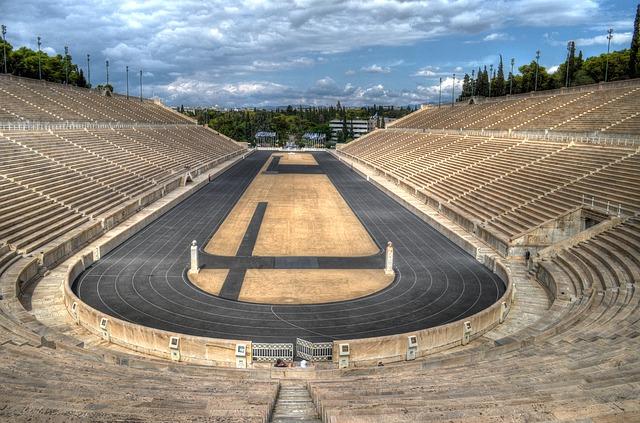
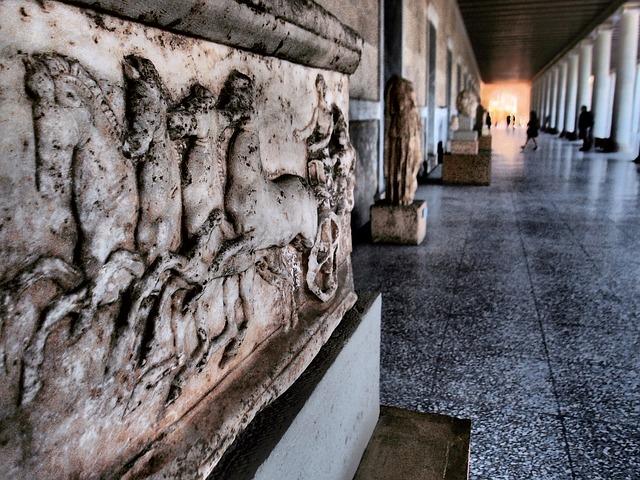
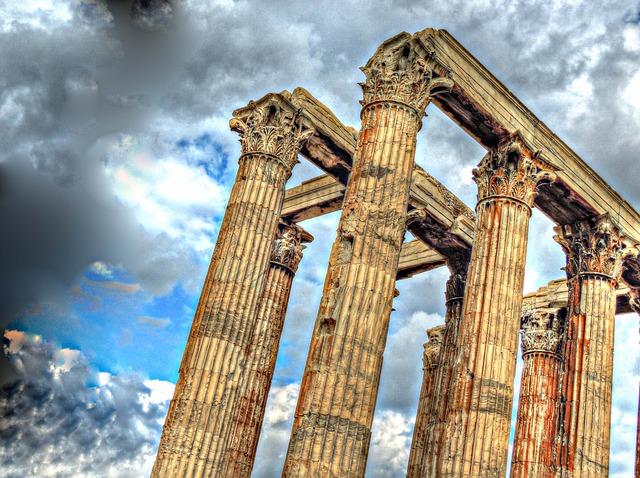
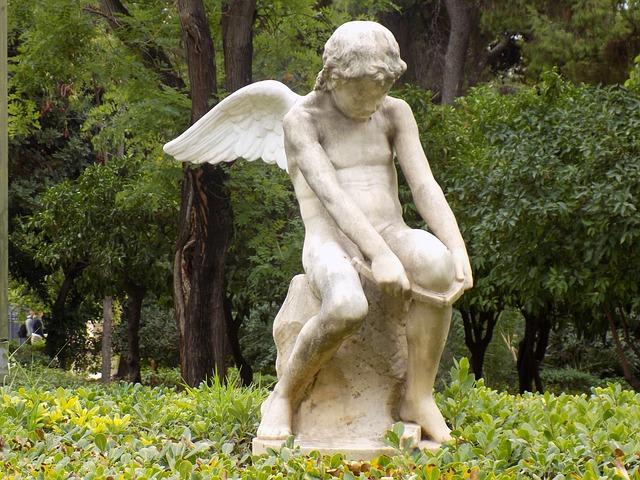
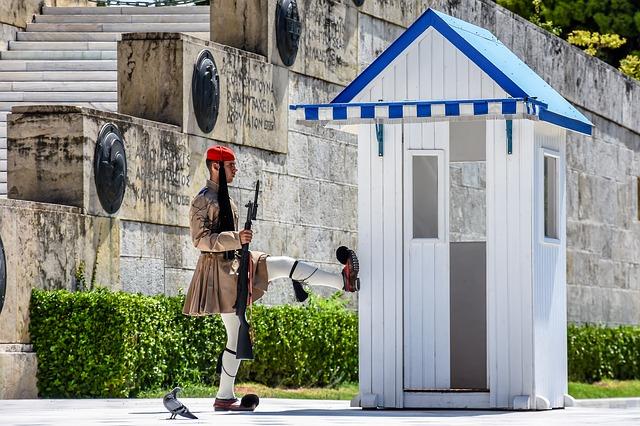
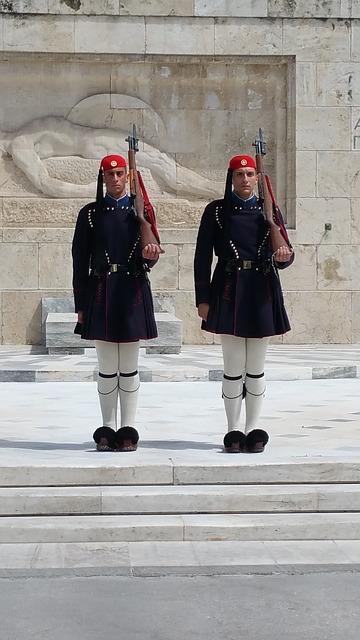
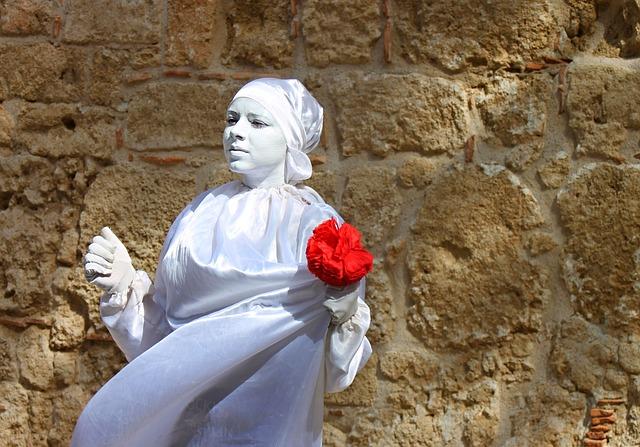
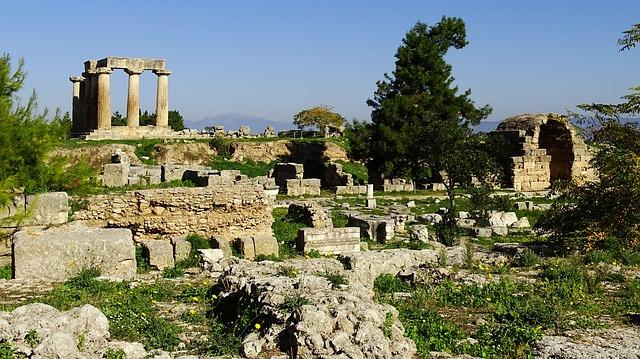
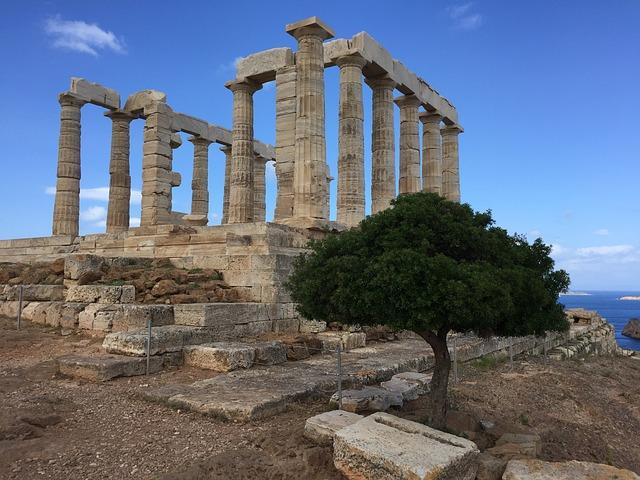
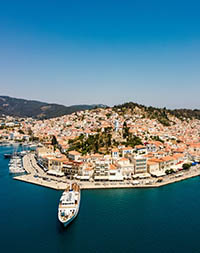
Typical accommodation

We work with a number of different hotels in Athens. Hotels are usually a minimum 3-star standard and all rooms have private facilities. Students are generally accommodated in three or four bedded rooms.
Adults in twin share. Single rooms at a supplement.
Learning outcomes
Subject focus
Students can:
- Study what remains of classical Greek civilisation, to see what can be reconstructed and understood from these buildings and artifacts
- See places that inspired Greek poets and playwrights
- Develop familiarity with the archaeological sites and sculptures in OCR/AQA syllabuses
- Appreciate the continuing influence of classical civilisations to this day
Student outcomes
Students will have had an opportunity to:
- Observe the development and continuity of Greek architecture at the height of Greek civilisation
- Put the buildings in context, accounting for differences in styles and grandeur
- Understand the roles of institutions and people in Greek history
- Gain an appreciation of the influence of Greek civilisation on the modern world


